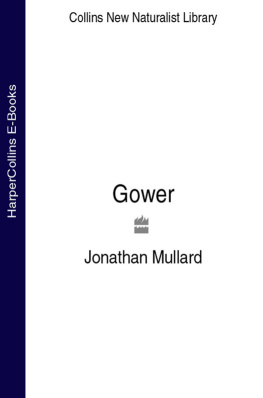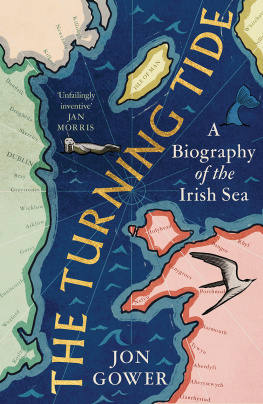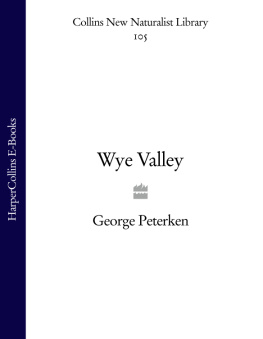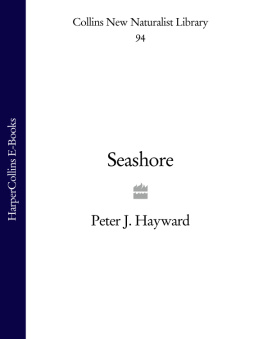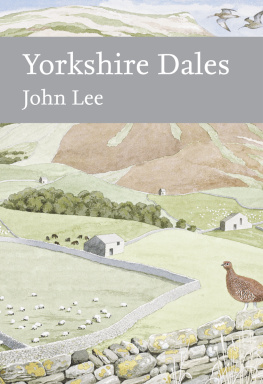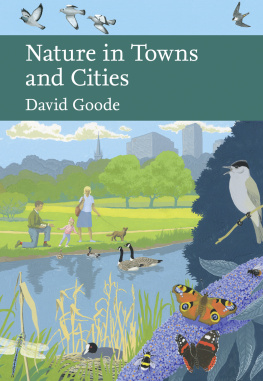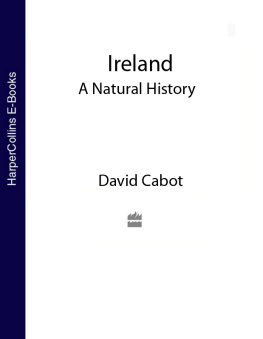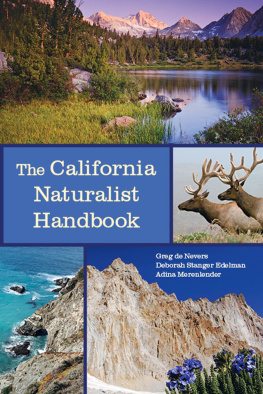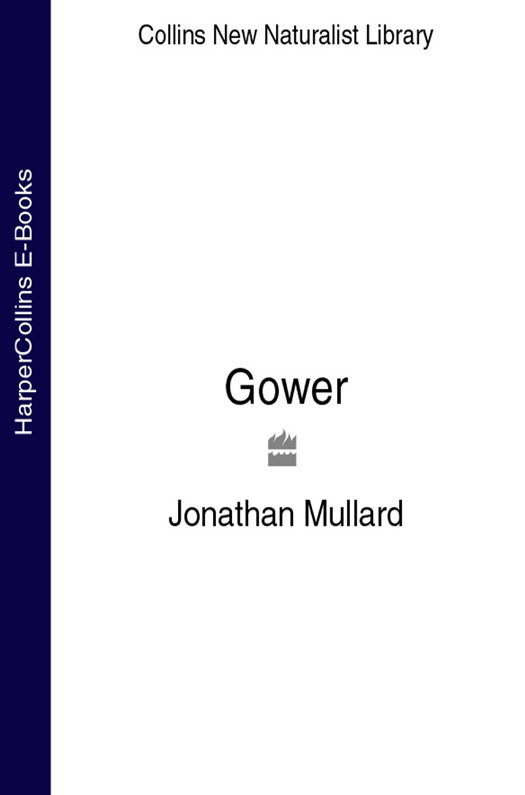Published by William Collins
an imprint of HarperCollinsPublishers
7785 Fulham Palace Road
London W6 8JB
www.harpercollins.co.uk
First published by HarperCollinsPublishers 2006
Jonathan Mullard, 2006
All rights reserved under International and Pan-American Copyright Conventions. By payment of the required fees, you have been granted the nonexclusive, nontransferable right to access and read the text of this e-book on-screen. No part of this text may be reproduced, transmitted, downloaded, decompiled, reverse-engineered, or stored in or introduced into any information storage and retrieval system, in any form or by any means, whether electronic or mechanical, now known or hereafter invented, without the express written permission of HarperCollins e-books.
A CIP catalogue record for this book is available from the British Library
HarperCollinsPublishers has made every reasonable effort to ensure that any picture content and written content in this ebook has been included or removed in accordance with the contractual and technological constraints in operation at the time of publication.
Source ISBN: 9780007160679
Ebook Edition SEPTEMBER 2014 ISBN: 9780007402533
Version: 2014-10-28
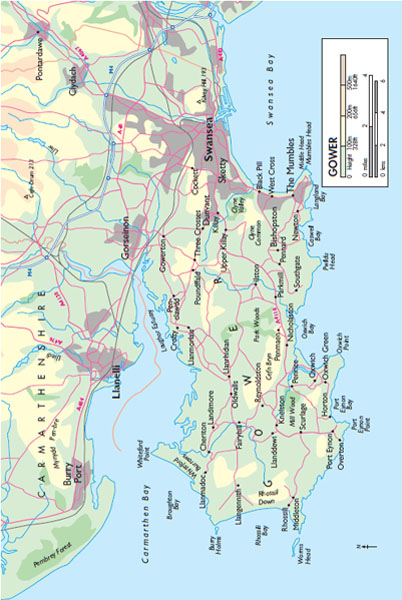
FRONTISPIECE. Gower: with the key locations described in the text.
To Gower naturalists, past, present and future.
And it would seem a weird and unnatural thing for a man to pursue what is called Truth, either by strictly scientific, or by the more imaginative philosophical method if this pursuit was not in itself attended by happiness or at least presumed to result in happiness.
John Cowper Powys, The Art of Happiness
Contents
R egional volumes have long been an important and distinctive element of the New Naturalist library. Most of these have focused on the National Parks, from Snowdonia by F. J. North, Bruce Campbell and Richenda Scott, published in the early days of the series 57 years ago (in the very same year that the National Parks and Access to the Countryside Act created our first National Parks), to the most recent, Angus Lunns Northumberland, which appeared in 2004. With Gower, however, we break new ground in that this famous part of South Wales is not a National Park but an Area of Outstanding Natural Beauty. AONBS were established by the same far-sighted piece of post-war legislation that set up the National Parks but seemingly as not much more than an afterthought, as they are buried right at the end in the section headed General, Financial and Supplementary!
Gower was the first AONB to be created and 2006 is its fiftieth birthday. We are proud to present this new addition to the New Naturalist series to mark both its jubilee year and half a century of designation of some of the most beautiful landscapes in England and Wales. Gower has long been famed among naturalists for its geology and wildlife. Protruding into the Bristol Channel from the belly of South Wales and bounded by Carmarthen Bay to the west and Swansea Bay to the east, it is a land of astonishing diversity and rich cultural history that has withstood the advance of industry and development that have been such a marked feature of neighbouring parts of South Wales over the last two hundred years.
Jonathan Mullard is especially well qualified to present this account of the natural history of Gower. A professional ecologist and all-round naturalist, he was appointed Gower Countryside Officer in 1990, the first senior AONB officer to be appointed in the UK. For ten years he was responsible for the policy and management of the AONB, during which time he developed a unique insight into the complex interactions between the land and its people that have crafted this beautiful and special place. Although he has since moved northwards and is currently Director of Park Management for the Northumberland National Park Authority, he is still researching and recording the wildlife of the peninsula.
An area such as Gower poses a particular challenge to the author. With such a marvellous variety of landscape and habitat within a relatively small area the task is daunting. From the heathlands of Rhossili Down and Llanmadoc Hill to the great wide lonely spaces of the Burry Inlet, from the famed limestone cliffs of the south Gower coast to the dunes of Whiteford Burrows, Gower has one of the richest wildlife heritages in Britain. Inevitably regional volumes often reveal something of the authors own particular enthusiasms and prejudices, but anyone attempting such insights in Gower is likely to be frustrated. Archaeology, birds and geology; plants, insects and rocky shores; caves, lichens and mosses on dung are all treated with equal felicity and authority. It is with pleasure that we welcome this our first account of the natural history of an Area of Outstanding Natural Beauty.
T HE NATURAL and cultural riches of Gower attract millions of visitors each year and quite a few naturalists. Many are looking for a detailed guide to the wildlife of the area, but none exists. The aim of this book is therefore to fill the gap. It contains in one place, for the first time, all of the currently available information on the natural history of the peninsula. As the stated aim of the New Naturalist series is to recapture the enquiring spirit of the old naturalists I have also highlighted opportunities for the reader interested in taking things further, either alone or in conjunction with the appropriate organisation.
The book has as its underlying theme the evolving landscape, and seascape, and the effect that the associated changes have had, and indeed are having, on species and habitats. These changes are now accelerating and their causes are in future going to be global rather than local and, as such, will be very difficult to control. The natural world seems, more than ever before, to be in a state of flux due to the increasingly warm climate and Gower is not immune from these influences. By the year 2080 the climate in Wales is expected to be warmer all year round by up to 3.5C, wetter in winter by 724 per cent and drier in summer by 714 per cent. The areas that are currently suitable for many species are therefore likely to alter, and it is unclear whether the plants and animals and the habitats on which they depend will be able to keep pace with this change. If current trends continue the peninsula is going to be an extremely different place in a hundred years time. Yet I hope that something of its very special atmosphere will remain and that this overview of Gower at the beginning of the twenty-first century will still have some relevance, if only as a historic record.
In May 1996 I organised a national conference in Swansea to celebrate Gowers fortieth anniversary as the UKs first Area of Outstanding Natural Beauty (AONB). In comparison to National Parks the AONB designation had, at that time, little attention or resources. The conference succeeded beyond my wildest expectations and I little thought when addressing the audience on the need for new legislation that only four years later this objective would be realised in the Countryside and Rights of Way Act. What I also could not have anticipated was the opportunity to celebrate the fiftieth anniversary of the designation by producing a volume in the New Naturalist series, the book that you now hold in your hands. Throughout my career in conservation the series has been, and continues to be, a constant source of inspiration to me. Finding a copy of William Condrys book on the natural history of Wales on a Cardiff bookshop shelf in 1984 was a special experience though I would, of course, claim that he did not give enough attention to Gower! Following in his footsteps has been an interesting exercise.

